
Interview With Dr. Anastasios G. Bakaoukas From University of Northampton (UK)
Dr. Anastasios G. Bakaoukas is currently a Senior Lecturer In Games Programming at University of Northampton (UK), Course Leader for the 'BSc (Hons) Games Programming' course and Leader for "Centre For Advanced & Smart Technologies (CAST)" - The "Computer Games, Augment & Virtual Reality" Branch.
More
Interview With Dr. Anastasios G. Bakaoukas From University of Northampton (UK)
Τῆς Σχιζοφρένειας Ὅταν, Ἐνῶ Ὅλος Ὁ Ἄλλος Κόσμος Προσπαθεῖ Νὰ Μοιάσει Στοὺς Προγόνους Σου, Ἐσὺ Προσπαθεῖς Νὰ Μοιάσεις Σὲ Ὅλο Τὸν Ἄλλο Κόσμο...!
Is Often The Unexpected Appearance of Chaos or Order. Within This Framework The Soliton Plays The Role of Order...!
τοῦ ὅτι ὁ Θεὸς διαιρεῖ τὸ Σύμπαν μὲ τὸ μηδέν…!
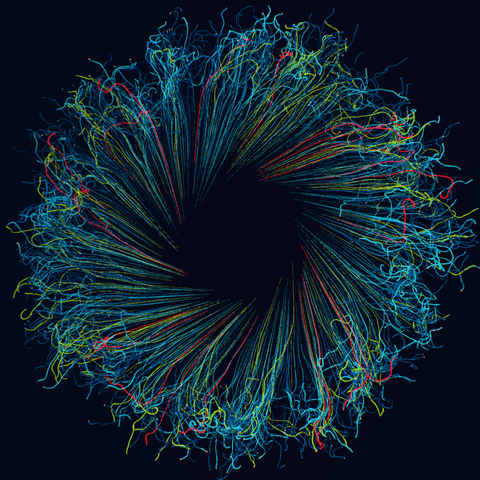
This Lab contains Computer Programs in various programming languages, the main purpose of which, more than anything else, is to:
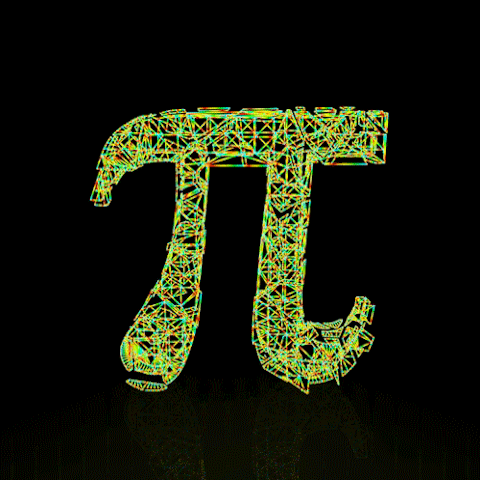
This Lab contains analysis of various problems from the strictly Mathematical point of view. Where possible, solutions are discussed from both a theoretical and a practical point of view. A collection of articles on Mathematical areas like:

This Lab contains discussions on theoretical issues, problem solving techniques and approaches, as well as application implementation methodologies for Digital Signal Processing (D.S.P.) related topics, such as:

This Lab contains Computer Games Programs in various programming languages & Games Engines. Computer Games Programming is a subset of Computer Games Development that requires substantial skill in Software Engineering and the following areas:
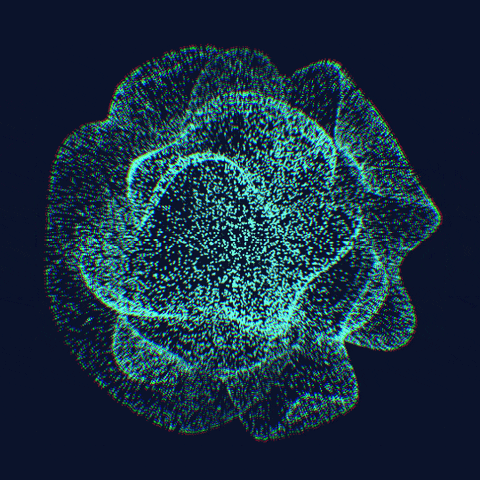
This Lab contains general purpose Algorithms (an “Algorithm” is a set of commands written in some agreed format for a computer to execute with the aim of performing a useful task) that demonstrate:
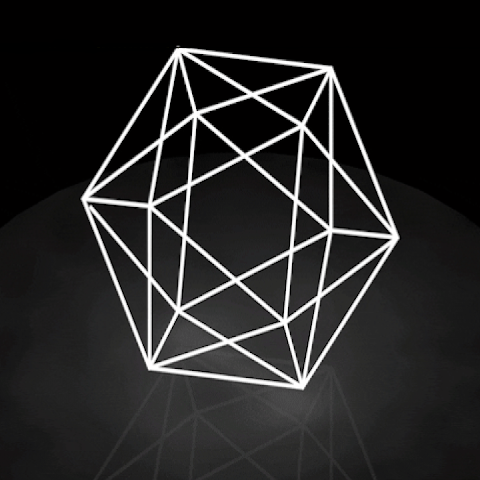
This Lab contains analysis of various problems in the area of Scientific Computing. This is a field of Science involving mainly Numerical & Algorithmic Methods for the solution of certain classes of Mathematical problems that cannot, in most of the times, be attacked by paper and pencil such as:
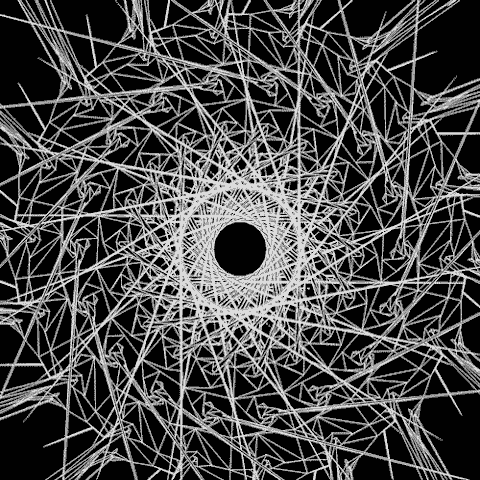
This Lab contains electronic circuits that are explained, where possible, in terms of structure and applicability to allow someone to take advantage of them as constituent parts of a larger project and/or application in the areas of:
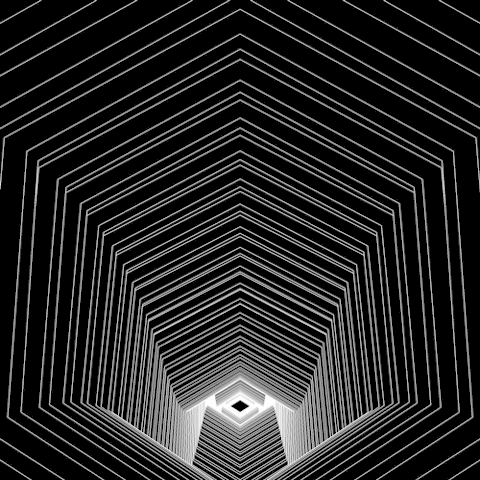
The concern of Non-linear physics is often the unexpected appearance of chaos or order. Within this framework the soliton plays the role of order:
A Picture Is Worth A Thousand Words...

Swan
Valley

Riverside
Way

Nene
Valley Way

Upton Country
Park

Wild Rose
Dog Rose

Oxeye Daisy
Leucanthemum Vulgare

Wild Rose
English Sweet Briar

Daisy
Bellis Perennis
Copyright © 2021 Dr. Anastasios G. Bakaoukas